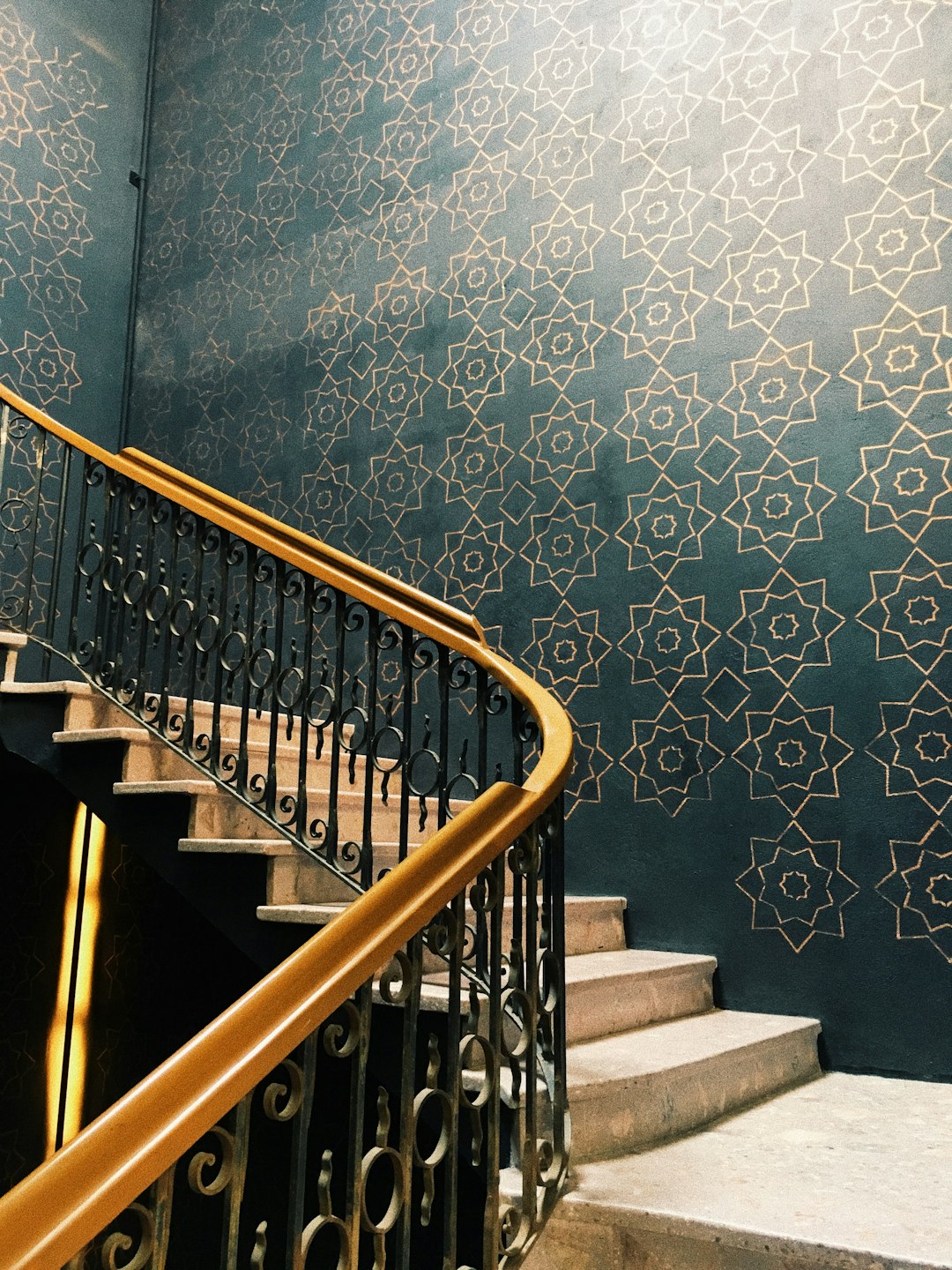Indoor Railings have come a long way since they were first introduced in homes and buildings. From their humble beginnings as simple safety features to the elaborate and decorative designs seen today, the evolution of modern indoor railings is a fascinating journey through time.
The history of indoor railings dates back to ancient times, with evidence of their use dating back to the Roman Empire. In these early days, railings were primarily used for safety purposes, preventing falls from balconies, walkways, and staircases. Made of sturdy materials like stone or iron, these ancient railings were utilitarian in design, with little thought given to aesthetics.
As the centuries progressed, indoor railings began to evolve in both form and function. During the Renaissance period, railings became more elaborate and decorative, featuring intricate designs and motifs that reflected the artistic styles of the time. Ornate carvings, filigree work, and elaborate patterns became common features of indoor railings, turning them into not just safety features but also works of art.
The Industrial Revolution brought about significant advancements in materials and manufacturing processes, which further influenced the design and construction of indoor railings. Iron and steel became the primary materials used in railing construction, thanks to their strength and durability. This allowed for more intricate and complex designs to be created, as well as the use of curved and angled shapes that were previously impossible with traditional materials like stone.
With the rise of modern architecture in the 20th century, indoor railings took on a new significance in home design. They became an integral part of the overall aesthetic of a space, with designers and architects using them as a way to express their artistic vision. Glass, wood, and even acrylic materials started to be used in railing construction, adding a new dimension of texture and color to indoor spaces.
Today, indoor railings are more than just safety features – they are statement pieces that can transform a space from ordinary to extraordinary. The use of innovative materials like glass, stainless steel, and aluminum has allowed for new design possibilities, from sleek and minimalistic styles to bold and dramatic designs. From floating staircases to glass balustrades, indoor railings have become an essential element in modern interior design.
One of the key trends in modern indoor railings is the use of asymmetry and irregular shapes. Instead of the traditional straight lines and uniform patterns, designers are embracing asymmetrical designs that add a sense of movement and dynamism to a space. Curved railings, geometric shapes, and abstract patterns are all popular choices for those looking to make a statement with their indoor railings.
Another trend in modern indoor railings is the use of mixed materials. Combining different materials like glass and steel, wood and metal, or even concrete and acrylic can create a unique and visually striking railing design. This trend allows for a more personalized approach to railing design, with homeowners and designers able to mix and match materials to create a railing that perfectly complements the style of their space.
In recent years, the focus on sustainability and eco-friendly design has also influenced the evolution of indoor railings. Many manufacturers are now using recycled materials in railing construction, as well as incorporating energy-efficient LED lighting into railing designs. This not only reduces the environmental impact of railing production but also adds a modern and eco-conscious element to interior spaces.
As indoor railings continue to evolve, one thing is clear – they are no longer just functional safety features but essential design elements that can enhance the overall look and feel of a space. Whether you prefer a sleek and modern glass railing or a more traditional wrought iron design, there are endless possibilities when it comes to indoor railings. With their rich history and bright future, indoor railings are sure to remain a key feature in interior design for years to come.
For more information visit:
Ocean Stair Rails
https://www.oceanstairrails.com/
(908) 247-5968
Toms River, NJ 08732
Specializing in indoor railings, handrails, and professional railing installation, Ocean Stair Rails embodies over two decades of carpentry excellence, originating in 2006. Our experienced team, deeply rooted in custom woodwork, is fully insured and adept at working across various environments, from new constructions to renovation projects. We prioritize safety and quality in every project, ensuring our clients receive the finest handrail and railing installation services tailored to both modern and traditional designs. Trust Ocean Stair Rails for all your indoor railing solutions.


